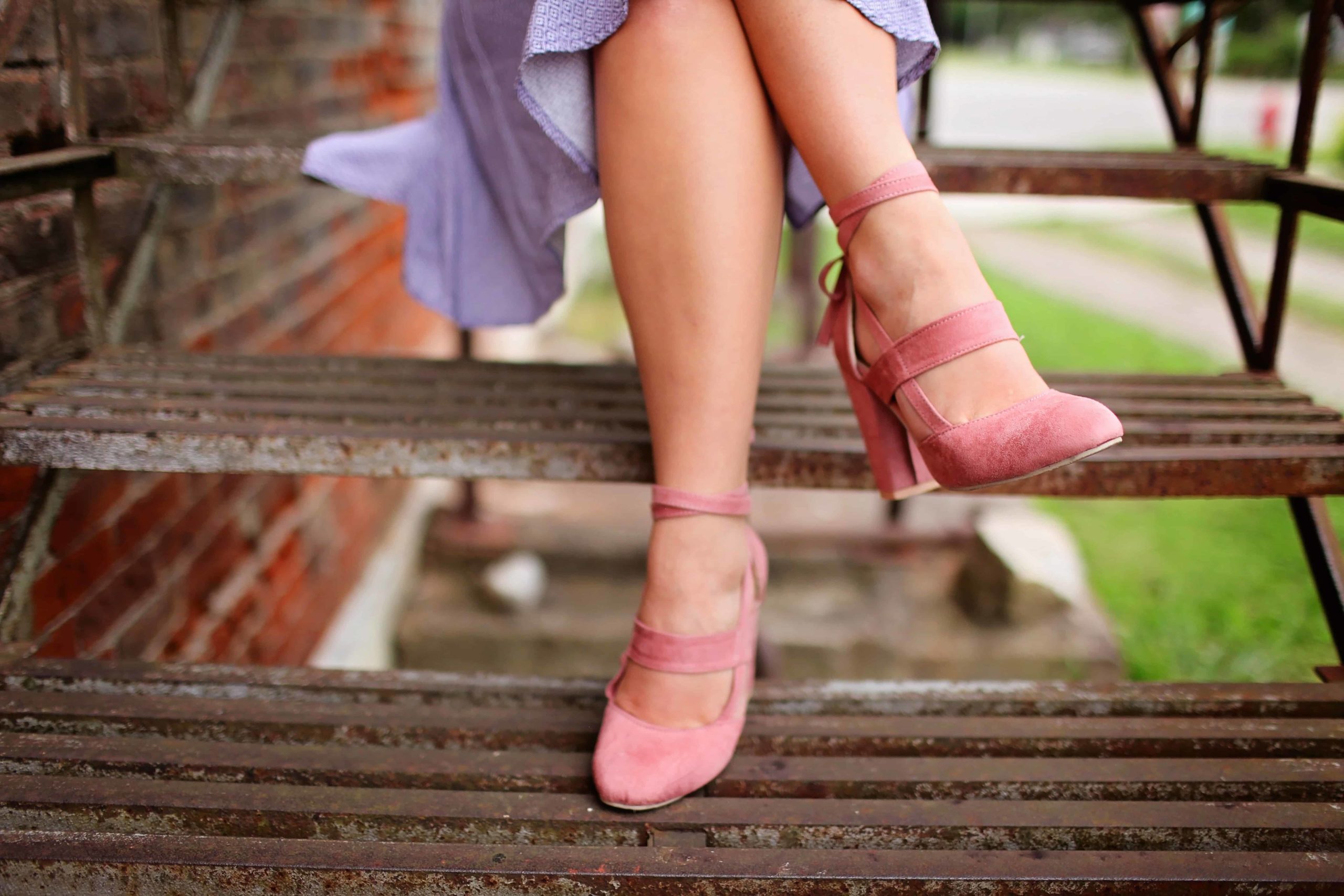The vein specialists at Florida’s Medicus Vein Care offer multiple treatments for spider veins with extensive experience in treating varicose veins previously. The two conditions are very different. Therefore, many treatments are designed specifically for either spider veins or varicose veins.
While both spider and varicose veins involve issues within the veins, varicose veins are generally more serious. Although, because spider veins often appear on the face, they can be a particularly troubling cosmetic issue.
Spider Veins
Telangiectasias, commonly known as spider veins, tend to be red or blue in color and often appear in a web-like formation. In addition to the face, they can also appear on the ankles, feet and legs. In fact, it’s not unusual to have both spider veins and varicose veins on your legs.
Spider veins can be caused by varicose veins. Spider veins, like varicose veins, can be the result of aging, heredity, pregnancy and may be lifestyle-driven. Spider veins may even result from standing for long periods of time.
At Medicus Veincare, we often treat spider veins using one of the following modern non-invasive or minimally-invasive treatments. These include Veinwave, a state-of-the-art spider vein treatment, cutaneous laser treatment and sclerotherapy.
Varicose Veins
Varicose veins tend to be painful, or at least uncomfortable. They can cause swelling in the legs as well as heaviness, fatigue and itching. They result when the valves in the vein are weakened or damaged, so blood doesn’t flow upward through the legs as it’s intended to. These veins typically bulge out from the skin, often in a rope-like appearance.
Similarities and Differences
Both can be embarrassing, particularly during the spring and summer when Floridians spend more time at the beach and pool. Both are more common in women than men. The vein specialists at Medicus Vein Care treat numerous patients with spider veins. Are there any differences between the two aside from their appearance?
- While there are really no significant differences, spider veins most commonly appear on the face and legs close to the skin, sometimes in unsightly clusters. Varicose veins most commonly appear on the legs.
- Varicose veins can be painful, while spider veins usually are not. However, some women’s spider veins may cause them pain, particularly during their menstrual cycle. This is because of the changed levels of progesterone and estrogen in their bodies at that time.
Both conditions are caused by problems with the valves that are inside of the veins that cause the blood to back up. Things like obesity, heredity, and hormonal influences can impact how serious they become. However, spider veins (particularly on the face) can also result from exposure to the sun, other environmental damage to the skin, injury, or chronic inflammation.

Treating Your Spider Veins
Whether you are experiencing the discomfort of varicose veins or your spider veins keep you from being your best self, find out how the vein specialists at Medicus Vein Care can help. If you are looking only for varicose vein treatment, we can suggest a physician that can help you. Call us or fill out our online appointment request form to schedule a free consultation for spider vein treatment.





